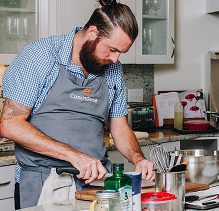The Role of Culture in Miami Catering
The vibrant, bustling streets of Miami are tinged with the tantalizing aromas of a thousand cuisines, each telling its own story of cultural heritage and culinary innovation. Often hailed as the ‘Capital of Latin America,’ Miami stands as a dazzling beacon of cultural confluence. Its culinary scene is a vivid tapestry woven from the diverse threads of its inhabitants’ backgrounds.
This city is perched on the sun-kissed coast of Florida. It has long been a welcoming haven for immigrants, with each wave adding a unique hue to the cultural mosaic of Miami.
From the Cuban exodus during the era of Fidel Castro to the influx of Haitians and Nicaraguans in the 1970s, each community has contributed to the culinary melting pot that Miami is today. By walking through the streets of this metropolis, one is enveloped in a sensory symphony – the sizzle of Cuban Ropa Vieja, the aromatic spices of Haitian Griot, and the subtle flavors of Asian-Pacific cuisines, all harmonizing to create a culinary paradise.
In this blog, we’ll discover how the cultural tapestry of Miami, steeped in African American, Hispanic, Jewish American, and Asian Pacific heritages, has intricately shaped its catering industry.
Historical Background of Miami’s Culinary Evolution
The culinary stories of Miami are a captivating chronicle of evolution, influenced by a mélange of cultures and histories. This journey begins with the early influences of Indigenous, Spanish, and African cuisines, each contributing unique flavors and techniques that laid the foundation for a richly diverse food scene.
The Indigenous, Spanish, and African Influence
The Tequesta lived off the land and sea in Miami before the city grew. Their diet was rich in fish and native plants, introducing methods of smoking and grilling that are still popular in modern cuisine.
The arrival of Spanish people in the 16th century brought new ingredients like citrus fruits, olives, and rice, along with cooking styles that would deeply influence the food culture.
African influences arrived with the transatlantic slave trade, introducing ingredients like okra, yams, and various spices, adding depth and complexity to the culinary landscape.
The Impact of Immigration Waves
The 20th-century waves of immigration sparked Miami’s true food scene transformation. Each group of immigrants brought their culinary traditions, turning the city into a vibrant tapestry of flavors.
- Cuban Influence: The Cuban influx is particularly after Fidel Castro’s rise to power in 1959. They brought bold flavors and iconic dishes like ropa vieja and Cuban sandwiches. Little Havana is a neighborhood west of downtown Miami. It became the heart of Cuban culture, its streets lined with cafés and restaurants serving authentic Cuban cuisine.
- Haitian and Nicaraguan Contributions: The 1970s saw a significant Haitian and Nicaraguan population settling in Miami. Haitian cuisine blends French, African, and Caribbean flavors, introducing dishes like Griot (fried pork) and Pikliz (spicy pickled vegetables). Nicaraguan immigrants brought their culinary traditions, adding dishes like Gallo Pinto (rice and beans) and Nacatamales to the culinary mosaic of Miami.
- Other Influences: Beyond these, Miami has welcomed people from Latin America and the Caribbean, each adding their culinary signatures. The culinary scene reflects its diverse population, from Colombian arepas to Puerto Rican mofongo.
Cultural Influences in Miami Catering
The catering scene in Miami vividly illustrates its cultural diversity, with each community infusing its unique flavors and traditions into the culinary fabric.
Let us explore how African American, Hispanic, Jewish-American, and Asian-Pacific heritages have distinctly influenced catering in Miami.
African American Heritage
The rich tapestry of African American cuisine in Miami is primarily influenced by Haitian, Bahamian, Cuban, and Jamaican cultures. Neighborhoods like Overtown and Little Haiti are culinary hotspots where these influences vividly come to life.
- Haitian Cuisine: Haitian cuisine is known for its bold flavors and wholesome dishes. Classics like Griot (fried pork) and Diri ak Djon Djon (black mushroom rice) are popular in catering menus, reflecting a fusion of French, African, and Taino influences.
- Bahamian and Jamaican Influences: The Bahamian conch salad and Jamaican jerk chicken are staples in Miami’s food landscape, introducing Caribbean zest and spices to the dishes. These cuisines blend the sweet, spicy, and savory, creating a unique taste experience.
- Cuban Legacy: The impact of Cuban cuisine is profound, with dishes like Lechón Asado (roast pork) and Ropa Vieja (shredded beef) being sought-after in catering services.
Hispanic Heritage
Hispanic heritage is a cornerstone of Miami’s culinary identity. The influence extends beyond Cuban cuisine, encompassing various Latin American flavors.
- Cuban Cuisine: A pillar of Miami’s food scene, staples like Arroz con Pollo (chicken with rice) and Plantains are regulars in catering menus.
- Hispanic Heritage Month: This celebration highlights diverse Hispanic cuisines in Miami, featuring Mexican, Colombian, Peruvian, and other Latin American dishes, highlighting the region’s culinary diversity.
Jewish American Heritage
The Jewish American community has contributed significantly to Miami’s culinary scene, especially in areas like the Jewish Beach and the South of Fifth neighborhood.
- Kosher Catering: The catering in Miami offers a wide range of Kosher options, reflecting traditional Jewish dietary laws. Dishes like Matzo ball soup, Gefilte fish, and Challah bread are popular on catering menus.
- Fusion and Innovation: There’s also a trend of blending Jewish culinary traditions with local flavors, creating unique fusion dishes that cater to a diverse clientele.
Asian Pacific Heritage
Asian Pacific culinary traditions have also woven their way into Miami’s catering scene, mainly through Japanese and other Asian influences.
- Japanese and Asian Influences: Sushi and Teriyaki dishes are just the tip of the iceberg. Thai, Vietnamese, and Chinese cuisines also play a significant role, offering a range of flavors from mild to intensely spicy.
- Asian Pacific Heritage Month: This celebration highlights the contributions of Asian Pacific communities to Miami’s cultural and culinary landscape, showcasing traditional dishes and fusion cuisine in catering services.
Miami’s catering scene is a vibrant and diverse tapestry influenced by various cultures. Each culture brings unique flavors and culinary styles to the catering menu.
Catering for a Multicultural Community
Miami’s catering scene, reflecting its diverse population, thrives on blending various cultural influences to create unique fusion cuisines. This innovative approach and understanding of diverse dietary preferences and restrictions make Miami’s catering industry a beacon of culinary creativity and inclusivity.
Fusion Cuisine: Blending Cultures on a Plate
- Latin-Caribbean Fusion: Miami caterers often blend Latin American and Caribbean flavors, creating unique dishes like Cuban-Jamaican jerk pork or Haitian-Cuban picadillo. These combinations harmonize distinct culinary traditions, offering an innovative and flavorful dining experience.
- Asian-Latin Fusion: Another popular fusion in Miami is between Asian and Latin cuisines. Think sushi rolls with a twist of spicy Cuban mojo or Thai-inspired tacos filled with vibrant cilantro, lime, and chili flavors.
- Jewish-Latin Meld: Catering companies in Miami also blend Jewish and Latin cuisines, creating dishes like Plantain latkes or Brisket with Chimichurri.
Innovation and Modern Techniques
Caterers in Miami are not just blending cuisines but innovating with traditional recipes using modern culinary techniques.
- Molecular Gastronomy: Some caterers incorporate elements of molecular gastronomy to add a contemporary twist to traditional dishes. Imagine a deconstructed Cuban sandwich or a foam-topped Gazpacho that plays with textures and flavors.
- Health-Conscious Adaptations: Recognizing the trend towards healthier eating, many caterers also reinvent classic dishes with nutritious ingredients, catering to health-conscious clientele without sacrificing flavor.
Catering to Diverse Dietary Preferences and Restrictions
Understanding and respecting the dietary preferences and restrictions of the multicultural population in Miami is paramount in the catering industry.
- Specialty Menus: Caterers often offer a range of specialty menus, including kosher, Halal, Vegan, and Gluten-free options to accommodate various dietary needs.
- Cultural Sensitivity: Awareness of cultural dietary restrictions and preferences is crucial. For example, they could offer vegetarian options for Hindu guests or ensure Halal meat for Muslims.
- Customizable Options: Many catering companies in Miami also provide customizable menus, allowing clients to mix and match dishes to suit their specific cultural and dietary requirements.
In summary, Miami Catering excels in merging cultural traditions with innovative culinary practices, creating a dining experience that is as diverse and vibrant as the city itself.
The Final Wrap-up
As we conclude our exploration into the cultural influence on Miami catering, it’s clear that in the kitchens of Miami, every chef in Miami is a storyteller, and every dish is a narrative of cultural confluence.
As Miami continues to evolve, so will its food scene, with each new wave of immigrants adding their unique spices to this already rich melting pot. This evolution promises a future where the culinary scene will remain dynamic, vibrant, and an ever-reflective mirror of its people.
In closing, whether you’re a local or a visitor, a diner, or a chef in Miami, the city invites you to indulge in its culinary diversity, where myriad cultures combine and make this city a gastronomic paradise.



 Settings
Settings
 Gift Card
Gift Card Blog
Blog Locate Us
Locate Us


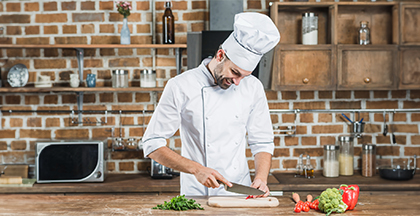
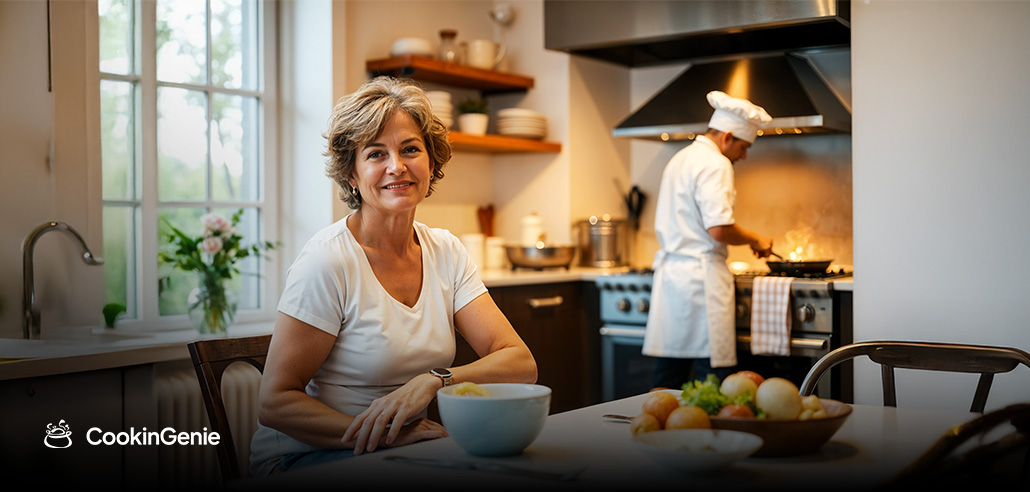
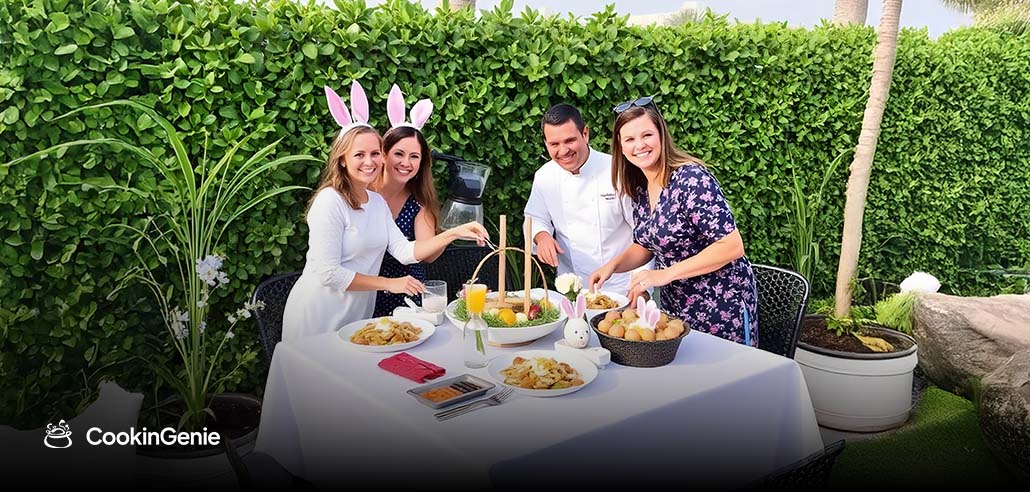


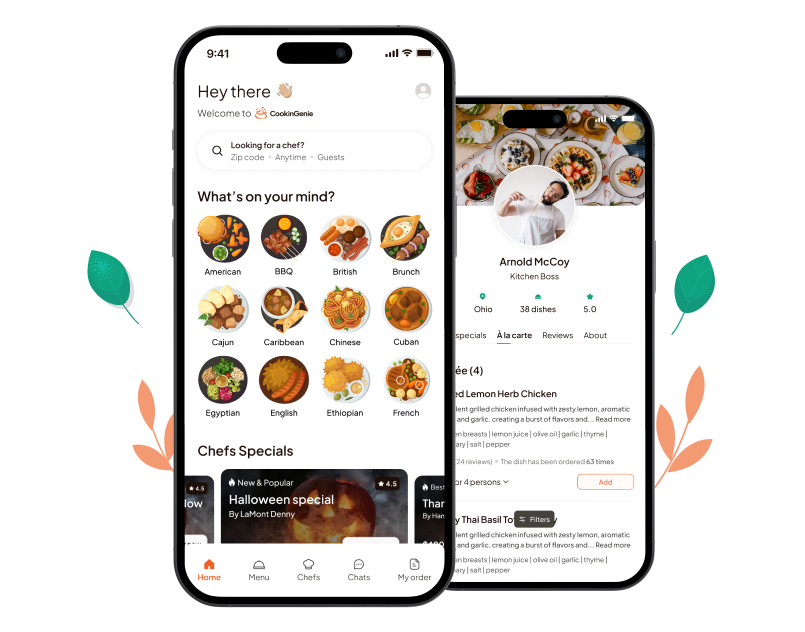



 Home
Home
 Chefs
Chefs
 Chats
Chats
 My Order
My Order


